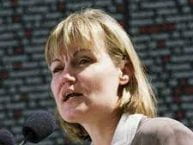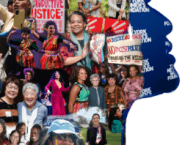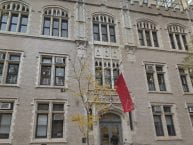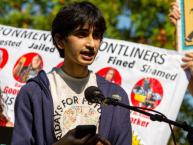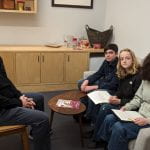
On Friday, Leo, Sadie and I interviewed Patrick Markee, the former Deputy Executive Director for Advocacy. The interview was truly a treasure trove of information, so every single point we covered may not be included in this summary. At first, he gave us a summary of his work and important facts that he includes in his lectures when he visits colleges. He got into his line of work when he and his roommate decided to invite a homeless man they befriended to stay in their dorm. He majored in urban planning at Harvard University, and this led him to be interested in public/affordable housing. He joined Coalition for the Homeless in 1995.
Coalition for the Homeless has done plenty of work with homeless advocacy, shelter law, giving people affordable housing and getting them out of homelessness, and has also brought major lawsuits such as the Callahan Consent Decree. This lawsuit introduced a court decree in which Coalition for the Homeless was the monitor. This decree stated that all shelters must provide a bed and other basic needs to a person requesting shelter by the nighttime. It was a law that changed homelessness in New York City forever.
Of the many things we learned from this interview, a few that stood out is the leading cause of homelessness: affordable housing. Throughout the years, housing has been getting more and more expensive, one’s income stays relatively the same.


